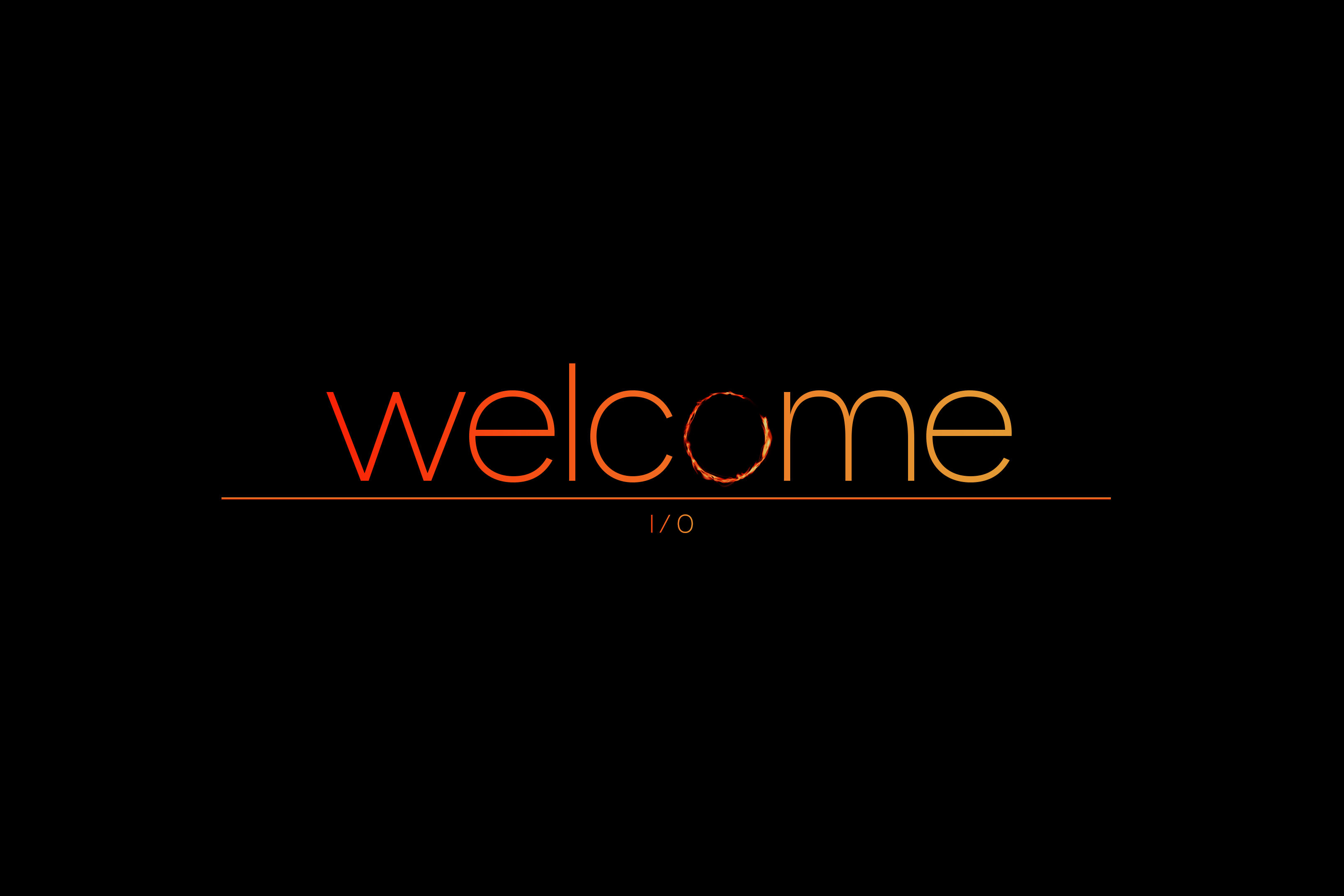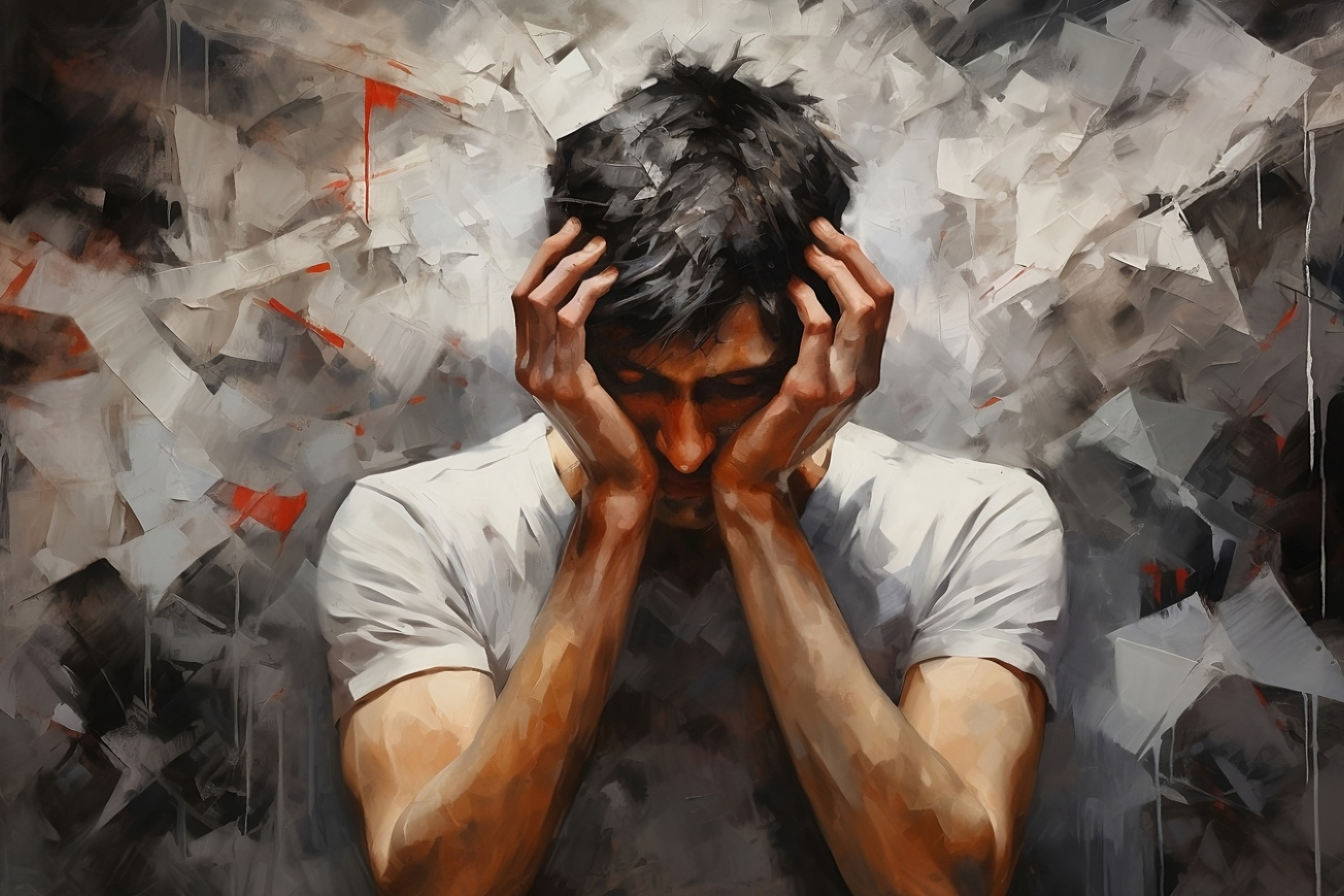Introduction
The world of creativity – be it art, music, writing, or any other creative pursuit – can often feel like a never-ending race. You might feel as if everyone else has had their big break while you’re still struggling to make your mark. This feeling, often known as the ‘fear of being left behind,’ can be incredibly daunting and disheartening. However, what if we told you that it’s never too late to create your masterpiece, share your unique voice, or make an impact in the field you love? In this article, we’ll explore the concept of ‘catching up’ in your creative journey, helping you understand that it isn’t as much about timing as it is about personal growth and mindset. It’s time to pick up your brush, instrument, or pen, and get ready to outrun self-doubt and fear.
Feeling Left Behind
As an artist, musician, or creator, you’ve probably felt it. That pang of anxiety when you see someone else’s work praised, their success seeming to highlight the areas where you feel you’re falling short. It’s a feeling of being left behind, and it can be deeply painful. But, remember, it’s also incredibly common. You’re not alone in these feelings, and more importantly, they don’t define your worth or your creative journey.
This perception often stems from comparison, viewing others’ achievements as a measuring stick for our own success. It’s a particularly acute problem in the creative fields, given the deeply personal and subjective nature of your work. The fear of failure is often the culprit — the fear that your art won’t resonate, that your voice won’t be heard, or simply that your creativity won’t be enough.
But here’s the truth: your creative journey is uniquely yours. There’s no set timeline or predefined path you should be following. Your art, your creativity, is an expression of your individuality, and it operates on its own schedule — not anyone else’s.
The Impact of Self-perception and Self-doubt
Sometimes, the biggest obstacle in your creative journey isn’t a lack of talent or opportunity, but the way you perceive yourself. Self-doubt has a way of sneaking in and setting up camp in your mind, making itself comfortable. As a creative individual, you might find yourself thinking, “I’m not talented enough,” “I’m too behind to ever catch up,” or “I’m just not cut out for this.” These ‘I’ statements become a self-fulfilling prophecy.
Consider this scenario: you convince yourself you’re too socially awkward to attend an art exhibition, a networking event, or a music jam. By doing so, you miss out on potential opportunities and experiences. You effectively prevent yourself from making progress. This is how your beliefs about yourself can shape your actions and, in turn, your future.
So what’s the solution? Recognise these self-perceptions for what they are: not definitive truths about your abilities or potential, but limiting beliefs that can be questioned and changed.
Be yourself; everyone else is already taken.
— Oscar Wilde
Breaking Free from Negative Mindsets
We often fall into the trap of negative thinking, convincing ourselves that we can’t accomplish something even before we’ve given it a fair shot. Remember, the statements you tell yourself, such as “I can’t do this,” are merely thoughts. They are not reality. Your mind, in its attempts to protect you from perceived failure or embarrassment, can sometimes become your biggest critic.
How can you overcome this? The first step is to catch yourself in these negative thought cycles. Notice how your mind uses logic to sabotage your efforts and protect you from pain, even though this leaves you feeling stuck. The key here is understanding that your emotions or who you currently believe you are doesn’t have to dictate your actions.
Understanding Your Mind’s Defensive Mechanisms
When confronted with a task that feels intimidating or overwhelming – such as painting a larger canvas than you’re used to, writing a song in a genre you’ve never tried, or showcasing your work in a public space – your mind may react defensively. It does this by using logic to construct seemingly reasonable arguments about why you shouldn’t proceed. This response is a protective mechanism designed to shield you from potential pain, disappointment, or embarrassment.
For example, your mind might tell you, “You’ve never painted a canvas this large. It’s a waste of time and resources because it’s not going to turn out well,” or “This new genre isn’t in your wheelhouse. People won’t appreciate it, and it might even hurt your reputation.” In this way, your mind builds a logical narrative to dissuade you from pushing your boundaries and taking risks.
While this mechanism is well-intentioned – after all, it’s trying to shield you from possible hurt – it can also keep you stuck in your comfort zone. It’s important to recognise these protective narratives for what they are: fear-based assumptions, not concrete facts. You can choose to acknowledge your mind’s protective intentions, but also decide to proceed regardless. By doing this, you take control, allowing your actions to be dictated not by fear, but by courage and the willingness to grow.
Remember, these protective narratives may feel very convincing, but they are simply one perspective. And they tend not to account for your potential to learn, adapt, and grow. Each time you challenge these narratives, you chip away at their power over you, and you open up more space for personal and creative growth.
A rock pile ceases to be a rock pile the moment a single man contemplates it, bearing within him the image of a cathedral.
— Antoine de Saint-Exupery
Embracing Growth and Changing Mindsets
Catching up isn’t about trying to replicate someone else’s journey or hitting arbitrary milestones. Instead, it’s about personal growth, building resilience, and learning to embrace change. As creatives, we thrive when we push our boundaries and step out of our comfort zones. This stretch, the one that feels slightly beyond our reach, is where most of the transformation happens.
Nurturing this growth begins with a significant shift in mindset: adopting what psychologist Carol Dweck terms a ‘growth mindset.’ A growth mindset values effort and sees challenges not as insurmountable obstacles, but as stepping stones to progress and development. In contrast to a fixed mindset—which views talents and abilities as unchanging—a growth mindset embraces the idea that we can develop our abilities and intelligence through dedication and hard work.
So, how do we cultivate this growth mindset, particularly as artists, musicians, and creators? It starts with altering our environment, inviting in new experiences, and seeking help when necessary. This could involve finding a mentor to guide you, joining a new class to learn a different style or technique, or simply creating a safe space for yourself to experiment and make mistakes.
The journey also involves embracing strategies such as setting achievable goals that stretch your skills, practising self-compassion when things don’t go as planned, and viewing setbacks not as failures, but as invaluable learning opportunities. Seeking constructive feedback—whether from mentors, peers, or even your audience—can provide fresh perspectives and insights to improve your work.
The journey towards catching up is not a race against others. It’s a journey of personal and creative growth, of becoming a better version of yourself as a creator. So, pick up that paintbrush, tune your instrument, and get ready to embrace growth. It’s time to catch up, not with the rest of the world, but with your own immense potential
Reframing 'Catching Up'
As we wrap up, it’s crucial to redefine what we mean by ‘catching up.’ In the context of our discussion, catching up isn’t about comparing our progress with others and striving to match their pace. Instead, it’s about acknowledging where we are, understanding where we aspire to be, and taking steps towards that goal.
In your creative journey, catching up is about realising your potential and making strides to reach it. It’s about acknowledging that every masterpiece starts with a single brush stroke, every symphony with a single note, every novel with a single word. Your journey as an artist, musician, or creator isn’t defined by the pace at which you progress but by the passion, dedication, and resilience you bring to your craft.
Remember, it’s not about rushing to where you think you should be but nurturing your growth to become who you’re capable of being. The race isn’t against others—it’s against the limited version of yourself that fear and self-doubt have created. Shedding that version and embracing growth—that’s the real catching up.
Remember that your journey as a creative professional isn’t defined by where others are or where you perceive you should be. It is a journey that is uniquely yours, and each step you take is a testament to your passion, resilience, and dedication, defined by the steps you take each day, the growth you foster within yourself, and the art you bring to life.


